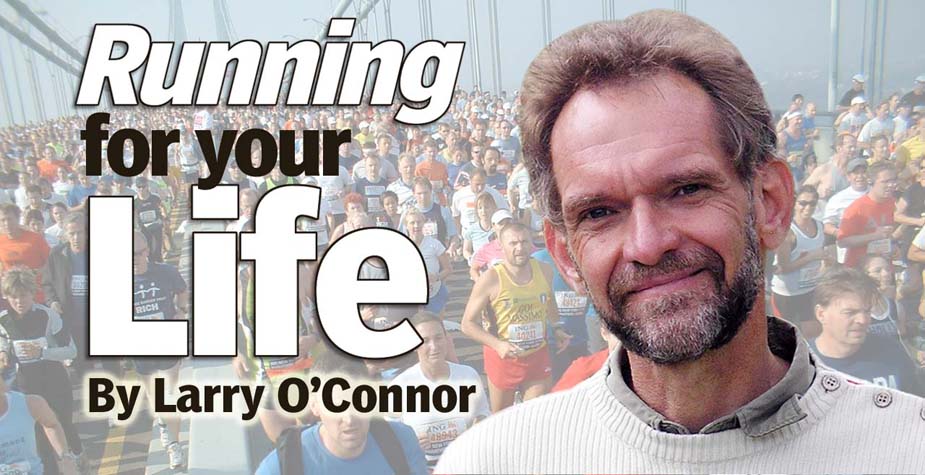“Red
Son of God” meets “The Earth Is Weeping.”
What
strikes me about these books of history (the former by Louis S. Warren and the
latter by Peter Cozzens) is how little real progress has been made in understanding
the plight of others.
Fake
news? Just exactly what were the facts on the ground during the years covered
in these titles (1860s-1890s)? Who spoke for the conquered, the Native American
tribes, in the case of these accounts, those facing western expansion in the
Plains states and Near West, and those ill-fated adherents of the Ghost Dance ("Red Son of God") that for a period in 1890 was as popular as Instagram is in 2017 with
millennials? (Albeit the Ghost Dance, seen as a mystical portal of millenarian
prophecies, seems better suited to use the term “millennials” to describe its
believers.)
Accounts
such as these, written a century and a half after the events themselves,
deliver a home truth … It can take that long to set the record straight when it
comes to public affairs.
If you
don’t have the facts, you don’t even have “news” to fake.
Did
“The Earth Is Weeping,” about the Indian Wars of 19th century
America, get big press when it was published last fall? Well, the author did go
on tour: to Atlanta, Chicago, Kansas City, St. Louis and Washington, DC. Not to
the entertainment centers of New York and LA.
The
Indian Wars have never made the headlines to match the importance of their role
in the settling of America, which, startlingly, offers a mirror to just how
tribal American political life is today.
Hopefully
the facts as described in Cozzens’ book aren’t a surprise to Native Americans,
especially when it comes to these descriptions of one esteemed leader, Crazy
Horse:
“He
dressed plainly, lived in poverty, and gave his best horses and the fruits of
the hunt to the poor.”
“He
shunned councils and peace talks – or anything that smacked of politics,
scheming or intrigue.”
Crazy?
Our politics could use a little Crazy Horse right about now.
Next: Running for Your Life: Men
and Women of the Jury
